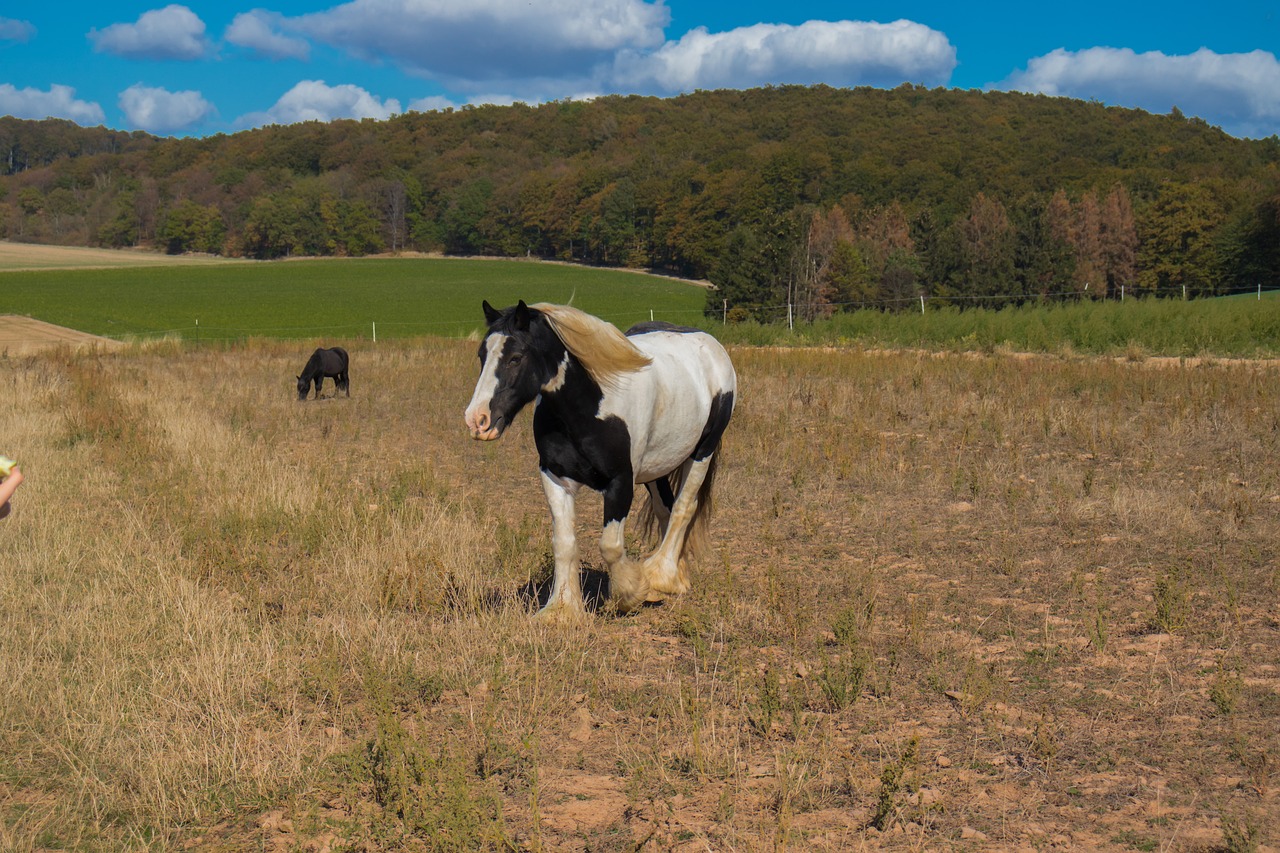Demeter, a prominent figure in the Greek Pantheon, serves as the Olympian goddess overseeing agriculture, motherhood, sacred law, and fertility.While she is most renowned as the mother of Persephone, who ascended to the status of Queen of the Underworld, Demeter also held significant importance in ancient Greek religious practices. She is commonly represented by symbols such as a torch, a cornucopia, a sheaf of grain, and bread.
Key Facts
Family Tree
- Parents: Cronus and Rhea
- Partners: Zeus, Poseidon, Iasion, and Mecon
- Siblings: Zeus, Poseidon, Hades, Hera, Hestia, and Chiron, the wise centaur
- Offspring: Persephone, Despoina, Arion, Plutus, Philomelus, Eubuleus, Chrysothemis, Triptolemos, Iacchus, and Hecate
Names and Identities
- Roman Equivalent: Ceres
- Other Epithets: Deo, Sitopotnia, Sito, and Thesmophoros
- Ancient Greek Name: Δημήτηρ
- Domains: Agriculture, motherhood, grain, bread, sacred law, and fertility
- Symbols: Wheat, bread, cornucopia, winged serpent, torch, and golden blade
Name and Etymology
The name Demeter likely derives from the Greek terms for “mother” and “earth,” pointing to her esteemed role in agriculture. The Doric form “Damater” also reflects the same. Additionally, the name connects to her associated epithets such as Sito, relating to wheat, and Thesmophoros, meaning “Bringer of Laws,” which is tied to the revered Thesmophoria festival dedicated to her.
Historical references to Demeter are evident as far back as Linear A. The evidence in Linear B suggests that while one term may refer to “households,” another aligns with her as the “Goddess of Wheat.”
Origins and Family
As the second daughter of Titans Cronus and Rhea, Demeter saw struggles within her family dynamics. After Cronus overthrew Uranus, fearing retaliation from his offspring, he swallowed them until Rhea saved Zeus. In a bold move, Zeus later compelled Cronus to relinquish his siblings, leading to a protracted battle known as Titanomachy, where the Olympians ultimately triumphed.
Demeter was later crowned as the goddess presiding over agriculture and succeeded Rhea and Gaia. More prominently, her legacy is intertwined with that of her daughter Persephone, particularly through the well-known narrative of Persephone’s abduction by Hades.
Relationships and Consorts
Demeter had both divine and mortal loves, contributing to her story and offspring.
- With Zeus: The tales surrounding their relationship vary with one depicting them as entwined serpents resulting in the birth of Persephone, while another narrates how Zeus assumed the form of a bull. Following an act of remorse for their union, Demeter later bore Persephone.
- With Poseidon: During her mourning of Persephone, Poseidon pursued Demeter, leading her to change into a mare to escape him. However, he transformed into a stallion, resulting in the birth of Despoina and Arion.
- With Iasion: Iasion, a mortal, captured Demeter’s affection, which led to the birth of Plutus, the god of abundance. Different accounts describe his death as a consequence of Zeus’ actions due to jealousy or disapproving of Demeter’s association with a mortal.
-
With Mecon: Another mortal love led to his transformation into the poppy flower, sacred to Demeter, as a means of protection.
Offspring
Demeter’s daughters and sons bear significant mythological roles:
– Persephone: The beloved daughter, often believed to embody seasonal cycles.
– Despoina and Arion: With Poseidon, Despoina served as a fertility goddess, while Arion is renowned for his speed and immortality.
– Plutus and Philomelus: The twins with Iasion represent wealth and agriculture respectively.
– Eubuleus and Chrysothemis: Born from Demeter’s union with Karmanor, their roles relate to plowing and harvest festivals.
– Iacchus and Hecate: Associated with Demeter through the Orphic tradition.
Characteristics and Depictions
Demeter is often depicted as a mature woman with a robust presence, characterized by flowing golden hair reflective of her divine nature. Her attire, usually dark on account of her mourning, signifies her emotional weight during periods of grief, especially over Persephone’s plight.
As the goddess of agriculture, she serves dual roles as a benefactor offering sustenance and as a potential force of famine, illustrating her powerful connections to the earth’s fertility and the cycle of life.
Myths and Religious Significance
The tale of Persephone’s abduction stands as the most recognized myth involving Demeter. As she searched for her daughter, she roamed the earth in despair, leading to a significant famine. Hades’ agreement to share Persephone marked the changing seasons, illustrating the cyclical nature of life and death.
Demeter’s narrative further expanded through the tale of Erysichthon, who faced insatiable hunger after disrespecting her sacred domains. This myth emphasizes her protective instincts and the consequences for those who transgress against her.
Cultural Representation and Influence
Demeter’s prominence in ancient Greek religion is underscored by the numerous festivals and temples dedicated to her, including the Eleusinian Mysteries, a series of secretive rites celebrating agricultural and rebirth themes.
Artistic depictions of Demeter evolved, showcasing her as an emblem of nature’s fertility. She appears frequently in ancient literature and plays, reinforcing her role in both mythological narratives and the cultural consciousness of ancient Greece.
Summary
Demeter remains an iconic figure representing life’s cycles, embodying both nurturing strength and the potential for wrath. Her intricate tales woven through mythology continue to resonate within cultural and religious contexts.



